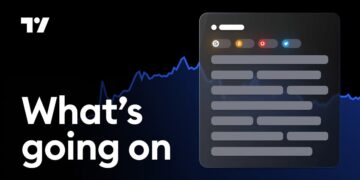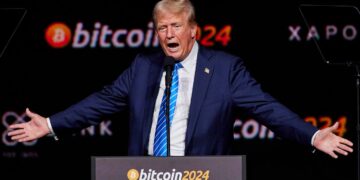This is The Takeaway from today’s Morning Brief, which you can sign up to receive in your inbox every morning along with:
After about a month of tariff headlines pushing the market both up and down in unison, the market mood took a turn in May.
When President Trump announced his first reciprocal tariff pause, the rolling one-month correlation of stocks within the S&P 500 (^GSPC) peaked at nearly 0.7 as the rising tide lifted nearly all boats. This was rare: Going back over the past five years, the only other times such a high correlation has been seen were in 2022 when the Federal Reserve began hiking interest rates and during the initial market reaction to the onset of the pandemic in 2020.
For investors, these market moments all have a familiar feeling. They were macro moments, the kind of time period in which what’s happening to each company on an individual basis can suddenly become insignificant if a headline from the administration changes the overall market story.
But as our Chart of the Week shows, those headlines have increasingly ceded territory back to the individual stock stories themselves. The rolling one-month S&P 500 correlation is now hovering below 0.3.
This, according to Piper Sandler chief investment strategist Michael Kantrowitz, has brought the market back to the micro, creating the kind of market where certain stocks could outperform because they’re less exposed to tariffs than others.
Or perhaps they’re economically cyclical names that could benefit should the economic data fail to turn as dour as some surveys warn.
To use the common term often cited by Wall Street strategists, it appears we may once again be entering a “stock picker’s market.”
“We are transitioning to a backdrop with mixed data and mixed views,” Kantrowitz wrote in a note to clients on May 21. “This should keep market correlations low, as stocks should trade more with micro fundamentals and not entirely on macro headlines like we saw earlier this year.”
He added that”many of the macro fears that remain are more likely to be issues that differentiate stocks rather than dominate all of them,” leaving investors with their work cut out for them.
To be clear, most strategists, including Kantrowitz, have been quick to point out that this doesn’t mean there’s been an all clear for a further full risk-on rally in the markets. There is still a looming drop-off in economic data that many expect. And the tariff pauses are still just that: pauses. With Friday’s stock slide after Trump threatened further tariffs on the European Union and Apple, investors got a sharp reminder that the trade war back-and-forth isn’t over.













